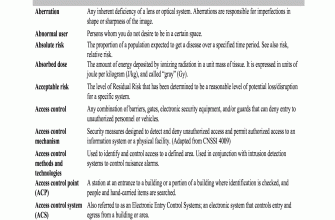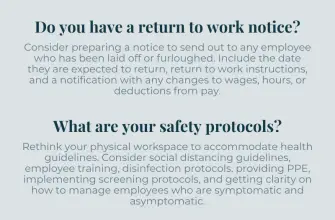Workplace rights are a fundamental aspect of any employment setting. They ensure that employees are treated fairly, respectfully, and without discrimination. One of these rights is the provision for reasonable adjustments in the workplace. This refers to modifications or changes that an employer can make to eliminate or reduce the effect of a disability so that a disabled person is not at a substantial disadvantage compared to non-disabled people. This article will delve into the concept of reasonable adjustments, provide examples of reasonable adjustments in the workplace, and guide you on how to ask for them.
Understanding Reasonable Adjustments
Reasonable adjustments are changes made in the workplace to help disabled employees or job applicants. These changes could be physical, such as altering the workspace, or they could involve changing working hours or providing extra support. The aim is to ensure that disabled people have the same access to everything that is involved in doing and keeping a job as a non-disabled person.
Legal Obligations
Employers have a legal obligation to make reasonable adjustments for their employees under various disability discrimination acts worldwide. In the UK, for instance, this is covered under the Equality Act 2010. In the US, the Americans with Disabilities Act (ADA) requires employers to make reasonable accommodations for qualified employees with disabilities, unless doing so would cause undue hardship.
Examples of Reasonable Adjustments in the Workplace
Reasonable adjustments can take many forms, depending on the individual’s needs and the nature of their job. Here are some examples of reasonable adjustments:
- Modifying work hours or allowing flexible working
- Providing special equipment or software
- Offering a support worker or mentor
- Changing the person’s duties or role
- Allowing time off for medical appointments
- Modifying performance targets
- Providing information in accessible formats
- Offering training or retraining
- Modifying the physical environment, such as installing ramps or adjusting desk heights
How to Ask for Reasonable Adjustments
If you are a disabled employee or job applicant and you need reasonable adjustments, it’s important to know how to ask for them. Here are some steps you can follow:
Identify Your Needs
First, identify what adjustments you need. This will depend on your disability and how it affects your ability to do your job. You may need to consult with a medical professional or a disability advisor to help identify your needs.
Make a Formal Request
Once you’ve identified your needs, make a formal request to your employer. This should be in writing and should clearly state what adjustments you need and why. It’s a good idea to keep a copy of this request for your records.
Provide Evidence
You may need to provide evidence to support your request. This could be a letter from a doctor or other medical professional, or it could be information about your disability and how it affects your work.
Follow Up
After you’ve made your request, follow up with your employer. If they haven’t responded within a reasonable time, or if they refuse your request, you may need to take further action. This could involve making a complaint or taking legal action.
Conclusion
Reasonable adjustments in the workplace are an essential part of disability rights. They ensure that disabled people have equal access to employment and can perform their jobs effectively. If you are a disabled employee or job applicant, don’t hesitate to ask for the adjustments you need. Remember, it’s not just about your rights – it’s about creating a fair and inclusive workplace for everyone.








